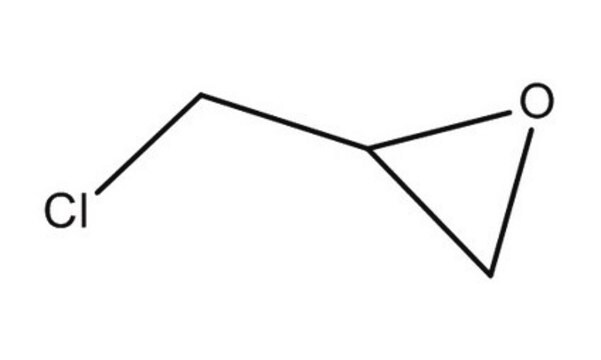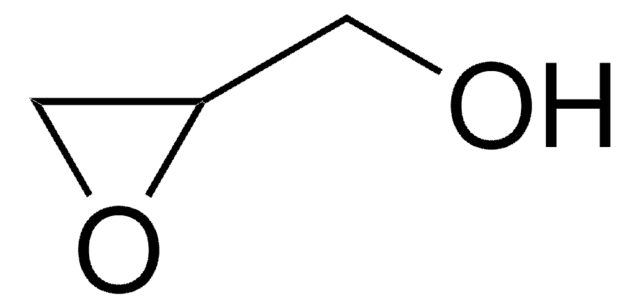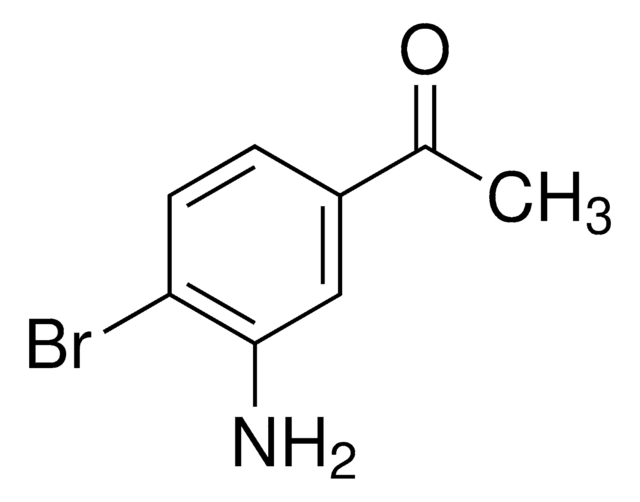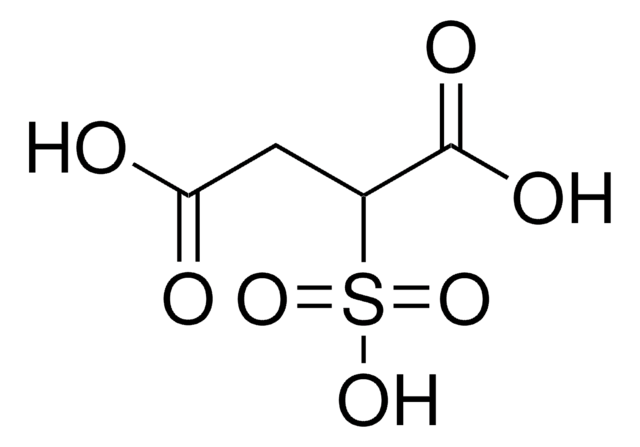50053
Glycidyltrimethylammoniumchlorid
technical, ≥90% (calc. based on dry substance, AT)
Synonym(e):
(2,3-Epoxypropyl)trimethylammoniumchlorid
About This Item
Empfohlene Produkte
Qualität
technical
Qualitätsniveau
Assay
≥90% (calc. based on dry substance, AT)
Verunreinigungen
2-4% chlorohydrin
20-25% water
Dichte
1.13 g/mL at 20 °C (lit.)
Lagertemp.
2-8°C
SMILES String
[Cl-].C[N+](C)(C)CC1CO1
InChI
1S/C6H14NO.ClH/c1-7(2,3)4-6-5-8-6;/h6H,4-5H2,1-3H3;1H/q+1;/p-1
InChIKey
PUVAFTRIIUSGLK-UHFFFAOYSA-M
Suchen Sie nach ähnlichen Produkten? Aufrufen Leitfaden zum Produktvergleich
Allgemeine Beschreibung
Anwendung
Vorsicht
Ähnliches Produkt
Signalwort
Danger
Gefahreneinstufungen
Acute Tox. 4 Dermal - Acute Tox. 4 Inhalation - Acute Tox. 4 Oral - Aquatic Chronic 3 - Carc. 1B - Eye Dam. 1 - Muta. 2 - Repr. 1B - Skin Sens. 1 - STOT RE 2 - STOT SE 2
Zielorgane
Kidney
Lagerklassenschlüssel
6.1C - Combustible acute toxic Cat.3 / toxic compounds or compounds which causing chronic effects
WGK
WGK 3
Flammpunkt (°F)
338.0 °F - closed cup
Flammpunkt (°C)
170 °C - closed cup
Persönliche Schutzausrüstung
Eyeshields, Faceshields, Gloves, type P3 (EN 143) respirator cartridges
Hier finden Sie alle aktuellen Versionen:
Besitzen Sie dieses Produkt bereits?
In der Dokumentenbibliothek finden Sie die Dokumentation zu den Produkten, die Sie kürzlich erworben haben.
Kunden haben sich ebenfalls angesehen
Unser Team von Wissenschaftlern verfügt über Erfahrung in allen Forschungsbereichen einschließlich Life Science, Materialwissenschaften, chemischer Synthese, Chromatographie, Analytik und vielen mehr..
Setzen Sie sich mit dem technischen Dienst in Verbindung.

![[2-(Acryloyloxy)ethyl]trimethylammoniumchlorid -Lösung 80 wt. % in H2O, contains 600 ppm monomethyl ether hydroquinone as inhibitor](/deepweb/assets/sigmaaldrich/product/structures/393/326/f7e19585-5431-4220-81b5-f458de6d63d0/640/f7e19585-5431-4220-81b5-f458de6d63d0.png)

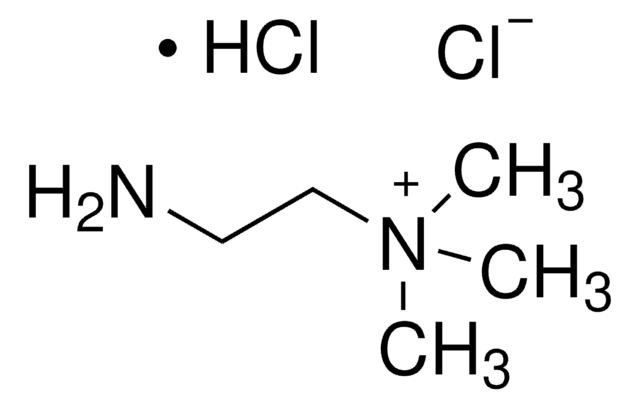


![[2-(Methacryloyloxy)ethyl]trimethylammoniumchlorid -Lösung 75 wt. % in H2O](/deepweb/assets/sigmaaldrich/product/structures/316/612/66b0f4cf-d060-427d-b4f5-e8fab3e5cffe/640/66b0f4cf-d060-427d-b4f5-e8fab3e5cffe.png)
